#Lasiocampidae
Text
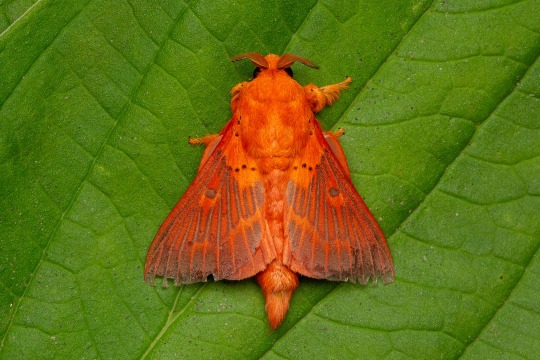

Orange Lappet Moths (Alompra roepkei), male and female, family Lasiocampidae, MCM Nature Discovery Villa, Fraser's Hill, Malaysia
photographs by David Fischer
3K notes
·
View notes
Text

Gastropacha quercifolia | Les Papillons dans la Nature (1934) | Paul-André Robert (1901-1977)
481 notes
·
View notes
Text
Moth Of The Day #172
Lackey
Malacosoma neustria
From the lasiocampidae family. They have a wingspan of 25-42 mm. They inhabit open, sunny habitats, especially hedgerows, scrubby places, gardens and open woodland. They can be found across Europe, Asia and North Africa.


[Image sources]
#moth#lepidopterology#moths#lepidoptera#nature#pretty moth#insect#bugs#moth of the day#motd#pretty moths#entomology#lepidoptery#lackey moth#malacosoma neustria#lasiocampidae moth#lasiocampidae
427 notes
·
View notes
Photo




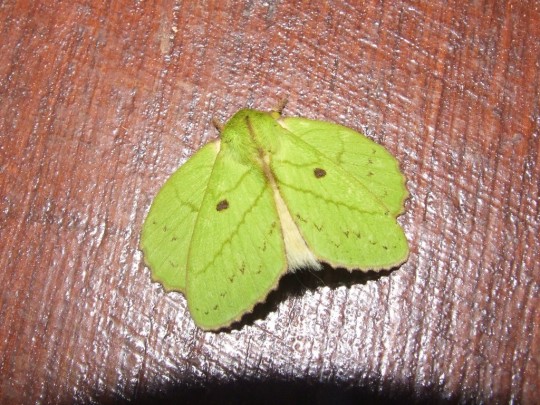
Lappet moth, Trabala krishna, Lasiocampidae
Found in Southeast Asia
Photo 1 by loarie, 2-3 by dhiviyaah, 4 by msone, and 5 by thibaudaronson
1K notes
·
View notes
Text
Moth of the Week
Drinker
Euthrix potatoria
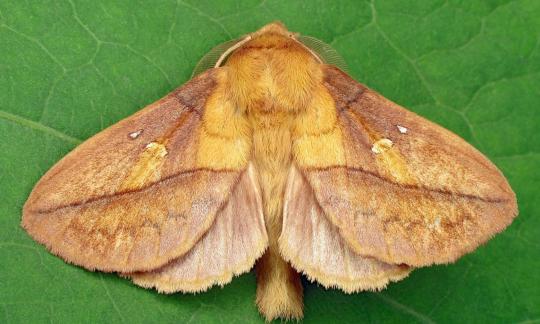
The drinker moth is of the family Lasiocampidae. It was described and named in 1758 by Carl Linneaus. Linneaus chose the species name potatoria as it means ‘drinker-like.’ Dutch entomologist Johannes Goedaert had previously called the moth dronckaerdt, meaning ‘drunkard,’ “because it is very much inclined to drinking” or because this moth repeatedly puts its head into water. The common name ‘drinker’ comes from the same reason.
Description This moth is distinguishable from other eggar moths by a diagonal line crossing the forewing and two white spots also on the forewing. Males are usually reddish or orangish-brown with yellow patches. Males in East Anglia are often yellowish. Females can be yellow, a pale buff, whitish, or a darker reddish-brown than the males. Male and females also differ in size and antennae shape: females are slight larger than males, and males have fluffier antennae.
Wingspan Range of Fully Grown Drinker: 45–65 mm (≈1.77 - 2.56 in)
Diet and Habitat The caterpillars of this species feed on grasses and reeds in genuses such as Alopecurus, Deschampsia, Dactylis, Elytrigia, Carex, Luzula, and other Gramineae. A few examples are Cat grass (Dactylis glomeratus), Common Reed (Phragmites australis), Reed Canary-grass (Phalaris arundinacea), and Wood Small-reed (Calamagrostis epigejos).
In the spring, they feed mainly at night and can be found resting on low vegetation during the day. The larva also supposedly drink morning dew because it had been observed to repeatedly put its head in water.
This moth can be found in Europe. It is common throughout England and Ireland but tends to favor western Scotland over eastern Scotland. It prefers habitats of marshy places such as fens, riversides, tall and damp grassland, marshes, damp open woodland, scrub, and ditches. However this species does sometimes live in drier habitats such as grassy terrain and urban gardens.
Mating Adults can been seen between July and August and presumably mate during this time. There is only one generation per year. Eggs are laid mainly on the stems of grasses or reeds in small clusters.
Predators Adult moths fly at night and are presumably preyed on by nocturnal predators such as bats.
Fun Fact Both sexes of the drinker moth are attracted to light, but males are especially susceptible.
(Source: Wikipedia, Butterfly Conservation)
#Euthrix potatoria#drinker#drinker moth#Lasiocampidae#libraryofmoths#facts#insects#mothoftheweek#animals#bugs#moth#lepidoptera#happy new years!#sorry for not posting
88 notes
·
View notes
Text




Large moth with a strange-shaped nose.
Found ID will be added to this post as an edit.
08/09/23 - Lepidoptera: Lasiocampidae sp (?)
QLD:CQC - Mackay, in city
#invertblr#invertebrates#Arthropods#Arthropoda#bugs#bugblr#bug#bugs tw#insects#insecta#insectblr#insects tw#insect#entomology#Lasiocampidae#unidentified#lepidoptera#lepidopterology#moths#mothblr#moths tw#mothcore
37 notes
·
View notes
Text

[PHOTO TAKEN: AUGUST 1ST, 2023 | Image ID: A photo of several dozen fuzzy tent caterpillars in a silk nest in a tree branch /End ID.]
#lasiocampidae#caterpillars#caterpillar#lepidoptera#insects#insect#bug#bugs#bugblr#arthropods#entomology#invertebrates#inverts#photos#photo#Wasp House Sights
23 notes
·
View notes
Text
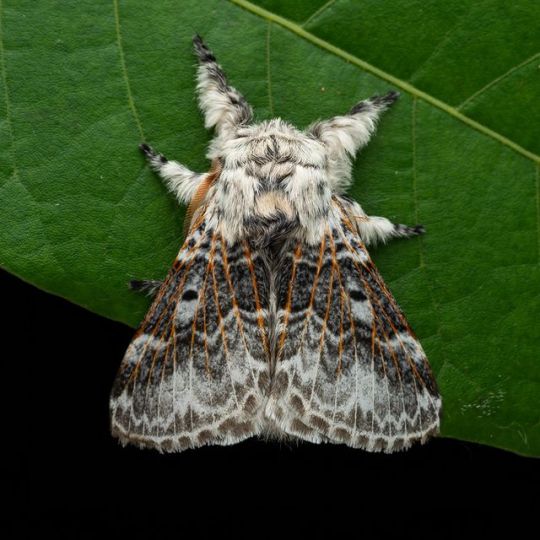
Lasiocampidae
10 notes
·
View notes
Photo
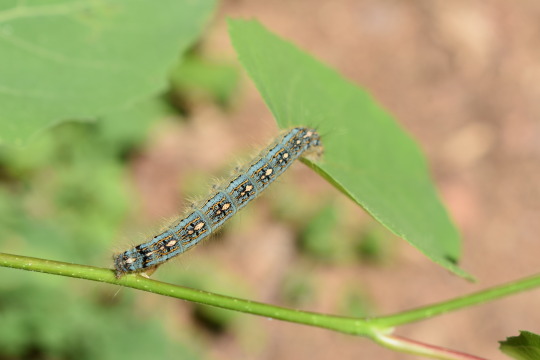
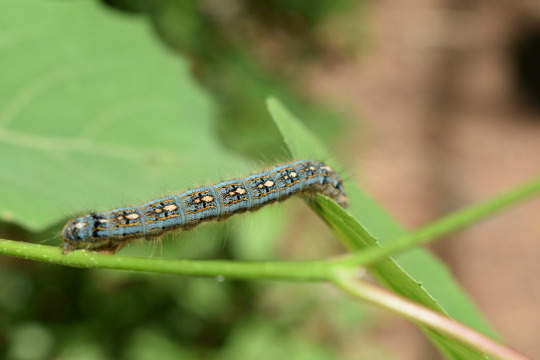
Forest Tent Caterpillar Moth
Malacosoma disstria
Lasiocampidae
Photographs taken on June 20, 2023, at Petroglyphs Provincial Park, Woodview, Ontario, Canada.
#wildflowers of southern ontario#Forest Tent Caterpillar Moth#caterpillar#Malacosoma disstria#insect#Malacosoma#Lasiocampidae#Petroglyphs Provincial Park#Woodview#Ontario#Canada
22 notes
·
View notes
Text

Eggar moth (Trabala vishnou) female, Laos
Photo by Robert Thomas
#eggar moth#trabala#trabala vishnou#laos#moths#green#green moth#Lasiocampidae#insects#entomology#lepidoptera#leps#nature#wildlife#south asian moths
22 notes
·
View notes
Text


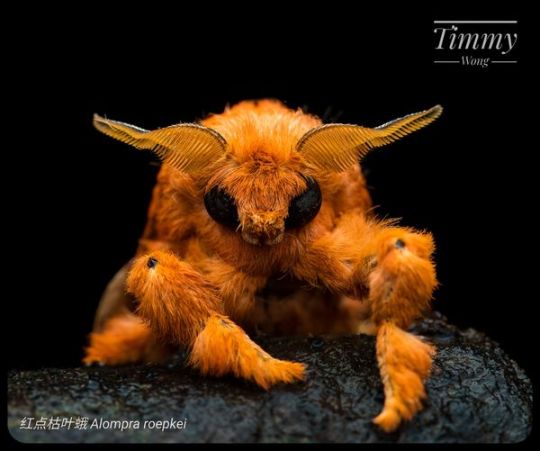
Lappet Moth (Alompra roepkei), family Lasiocampidae, Guangxi, China
Photograph by Timmy Wong
628 notes
·
View notes
Photo

60 notes
·
View notes
Note
Have you done rose myrtle lappet moth? :D
Moth Of The Day #265
Rose Myrtle Lappet Moth
Trabala vishnou
From the lasiocampidae family. They have a wingspan of 47-67 mm. They can be found in Southern Asia. First picture depicts the male, second is the female.

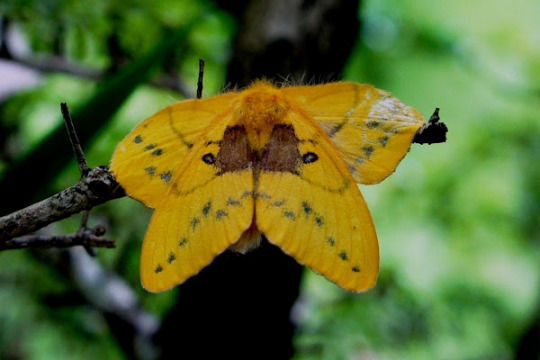
Image sources: [1] [2]
#moth#moths#lepidopterology#lepidoptera#nature#pretty moth#bugs#insect#moth of the day#motd#lepidoptery#entomology#bugblr#invertebrates#insects#beautiful moth#rose myrtle lappet moth#trabala vishnou#lasiocampidae moth#lasiocampidae
325 notes
·
View notes
Text
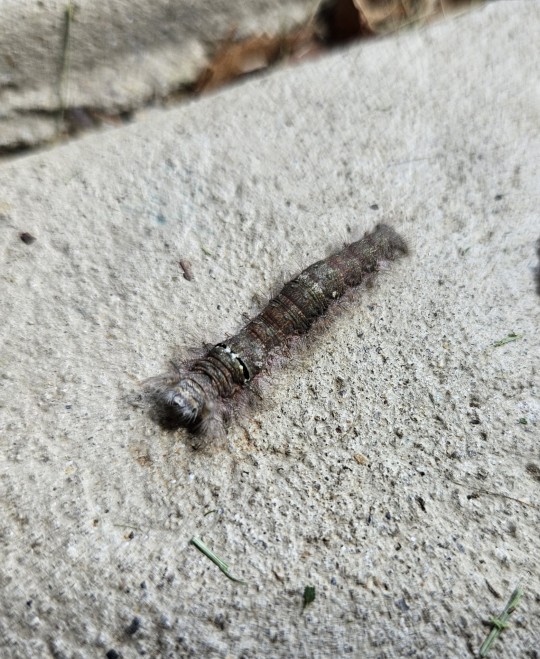
Dot-lined White moth larva (Artace cribrarius), August 2023
Southwestern PA
This guy crawled right into my garage while my dad and I were trying to fix my car. Of course I had to stop everything and place him somewhere else.
#2023#september#arthropod#insect#lepidoptera#lasiocampidae#artace cribrarius#dot-lined white moth#caterpillar
4 notes
·
View notes
Text
Moth of the Week
African Wild Silk Moth
Gonometa postica

The African wild silk moth is a part of the family Lasiocampidae. It was first described in 1855 by Francis Walker. It is also known as the Brandwurm in its larval stage in Afrikaans, Kweena in its pupal stage in Tshwana, and Molopo moth/mot in English and Afrikaans.
Description The female of this moth is much longer and larger than the male due to having to carry eggs. The male is about half the size of the female and much thinner.
The female has a light brown abdomen with a dark brown thorax and head. The female’s forewings are striped light brown, dark brown, and gray. The hindwings are a yellow-brown with a dark brown edge.
The male has a dark body and wings with a transparent portion of the hindwing.
Female Forewing Range: 35–42 mm (
Male Forewing Range: 21–25 mm (
Diet and Habitat Larva of this species eat Acacia erioloba, A. tortilis, A. melifera, Burkea africana, Brachystegia spp., and Prosopis glandulosa. The larva will feed from the same tree it’s entire life unless there are two many other caterpillars. When there is a large number of caterpillars, they may defoliate the whole tree and the larva must move in order to not starve.
This moth mainly inhabits savannas with many Acacia trees, especially in drier areas. These moths contribute to the Acacia environment by providing food to predators and nutrients to plants through feces. Cocoons are usually found on Acacia tees.
Mating Males detect females’ mating pheromones with their antennae. Males fly to the females because the females are weighed down by the eggs. The female contains about 200 eggs which are laid on the food plant after fertilization. Eggs hatch in about two weeks. Eggs are laid in clumps and the newly hatched caterpillars grow as a group and become more solitary with time.
Predators This moth is preyed on by parasitic wasps and flies. These insects lay their eggs on the caterpillar and feed off of its resources until the moth larva cocoons. The parasites live off the cocoon and grow to adulthood while killing the pupa. Specifically, these larva are subject to parasitism by Diptera and Hymenoptera, the most common parasitoids being Palexorista species from the Tachinidae and Goryphus species from the Ichneumonidae.[6]
To combat external predators and weather, the caterpillars build a tough cocoon. Caterpillars and their cocoons are also covered in stinging hairs to deter predators from touching them. Female cocoons are larger than male cocoons.
Fun Fact In Madagascar, wild silk has been harvested for centuries, and this knowledge has been introduced to southern Africa. The cocoons are harvested commercially in Namibia, Botswana, Kenya and South Africa, and the species also occurs in Zimbabwe and Mozambique. They are difficult to harvest due to the cocoons being covered in calcium oxalate. Oxford University discovered and patented a method known as demineralizing using a warm solution of EDTA (ethylenediaminetetraacetic acid) that soften the cocoons by dissolving the sericin. This lets the silk unravel without weakening it.
- Wild African silk moth cocoons are also used as ankle rattles in southern Africa by San and Bantu tribes. They are filled with materials such as fine gravel, seeds, glass beads, broken sea shells, or pieces of ostrich eggshell.
- Furthermore, the cocoons have long been known to cause the death of cattle, antelope and other ruminants in the Kalahari. During drought periods, the cocoons are eaten, probably because they resemble acacia pods. The silk is indigestible and blocks the rumen of multiple-stomach animals, causing starvation.
- Finally, the protein found in this species’s slik contains many basic amino acids making it a potentially useful biomaterial in cell and tissue culture.
(Source: Wikipedia, SANBI)
#libraryofmoths#animals#bugs#facts#insects#moth#lepidoptera#mothoftheweek#African wild silk moth#Gonometa postica#Lasiocampidae#double post
88 notes
·
View notes
Text
#2034 - Porela sp.

Photo by Patrick Wake.
A different species from the same genus. Male, again - the pectinate antennae are a bit of a giveaway.
1 note
·
View note